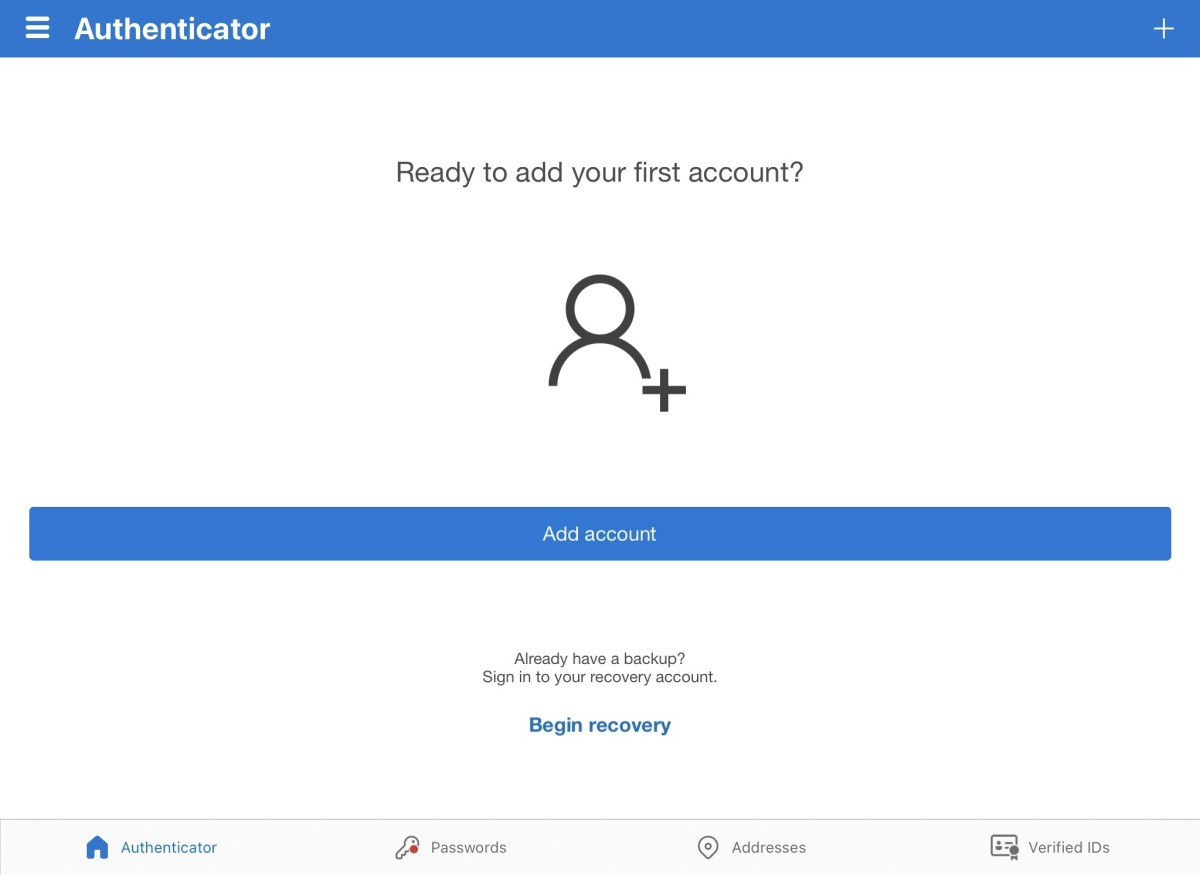Microsoft also has a good portfolio of online services that can easily compete with Google. However, Google is still maintaining the most popular search engine in the world and other services that are the first choice of users. In addition to online services and computer software, the Redmond company has decided to establish a more prominent presence by joining the revolution of mobile devices. Several apps created by Microsoft are available for free on the Google Play Store and the Apple App Store so that people can easily use Microsoft services, even on devices that do not feature a Windows operating system. In the past, the Redmond company even developed Windows Phone as an alternative to Android and iOS. Apps like Outlook are undoubtedly among the top choices of mobile users, as they are the mobile counterparts of iconic software installed on millions of PCs. However, another less-known app still has a high relevance: Microsoft Authenticator. This article will explain how to configure Microsoft Authenticator on your mobile device and recover it in case of a lost, stolen, or damaged phone.
Table of Contents
1. Microsoft Authenticator: An All-in-One Security App
Microsoft Authenticator is an app that allows people to authenticate access to their Microsoft Account protected with multi-factor authentication, a security measure additional to username and password that involves typing a temporary OTP code sent via SMS or generated through specific apps. The Authenticator app allows you to quickly approve or deny login requests made to a Microsoft Account so that, even if a hacker has gained login credentials to access it without authorization made through the app, they won’t be able to complete the authentication. In addition to being a must-have security app for those who want to enforce the maximum level of safety on their Microsoft Account, Authenticator also allows you to generate OTP codes for every other service supporting multi-factor authentication, including Google and Facebook. Finally, there is even the ability to save passwords in an encrypted form and use the Microsoft Authenticator app to universally login into all the services for which the passwords are stored. As a result, the app also acts as a good password manager that works universally on all browsers installed on Android or iOS devices.
2. Get Started With Microsoft Authenticator
Configuring Microsoft Authenticator on your smartphone is an easy task. Below are the passages to follow to set it up.
Configure Multi-Factor Authentication on Microsoft Authenticator
Configure Microsoft Authenticator as a Password Manager
After having configured the multi-factor authenticator, you can proceed with safely archiving all your passwords on the app. This feature will allow you to:
use Microsoft Authenticator as a password manager, and auto-fill passwords on every website you visit.
Below are the passages to follow to sync saved passwords with your Microsoft Account: From this point, your device will sync passwords with your Microsoft Account. If you have already saved passwords on your PC while using Microsoft Edge, these will appear in your phone app. If it is the first time you save passwords on your Microsoft Account, you can import them from a CSV file or a supported app by following these passages: Most online password managers allow us to export passwords in a CSV file easily.
3. Lost or Stolen Phone: How to Recover Microsoft Authenticator Data
Microsoft Authenticator, like Google Authenticator, stores tokens used for generating OTP codes physically on your devices, but there is a big difference between the app made in Redmond and the Google counterpart: the last one is entirely cloud-free, so there is no cloud backup option for the tokens.
Microsoft Authenticator vs. Google Authenticator Backup
The absence of a cloud backup feature in Google Cloud means that in case a phone gets lost or stolen, one should reset all the tokens on every account and create new credentials. An alternative option is to make manual backups of the tokens and store them in Google Drive (an unofficial trick described in this Google Authenticator tutorial). In the case of Microsoft Authenticator, there is a built-in cloud backup option, so installing the app on a new device means all the tokens can get quickly restored in a few taps.
Restoring Microsoft Authenticator Backups on iOS vs. Android
The Microsoft Authenticator backup and restore feature works differently on iOS and Android devices:
Suppose to use Microsoft Authenticator on an iOS device. In that case, the backup is encrypted and stored on iCloud. In case of security leaks or violations against Apple ID, nobody can use the backup without pairing it with the Microsoft Authenticator. If you use Microsoft Authenticator on an Android device, the backup is directly stored in the Microsoft Account without apparent involvement of external cloud services.
In the case of a lost or stolen phone, recovering Microsoft Authenticator will be immediate, provided that there is access to the same Apple ID (in the case of iOS devices) or Microsoft Account. This content is accurate and true to the best of the author’s knowledge and is not meant to substitute for formal and individualized advice from a qualified professional. © 2022 Alessio Ganci



